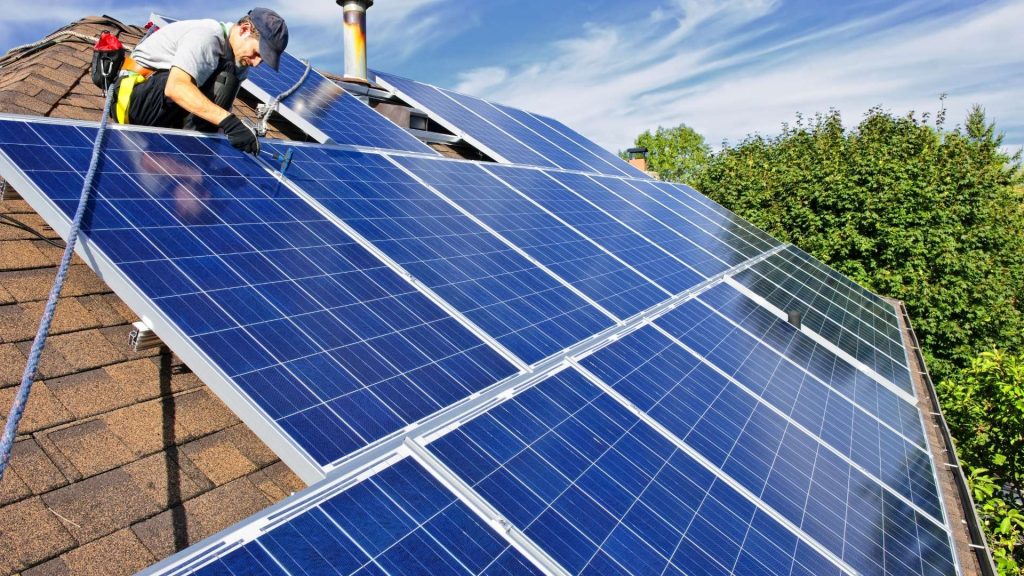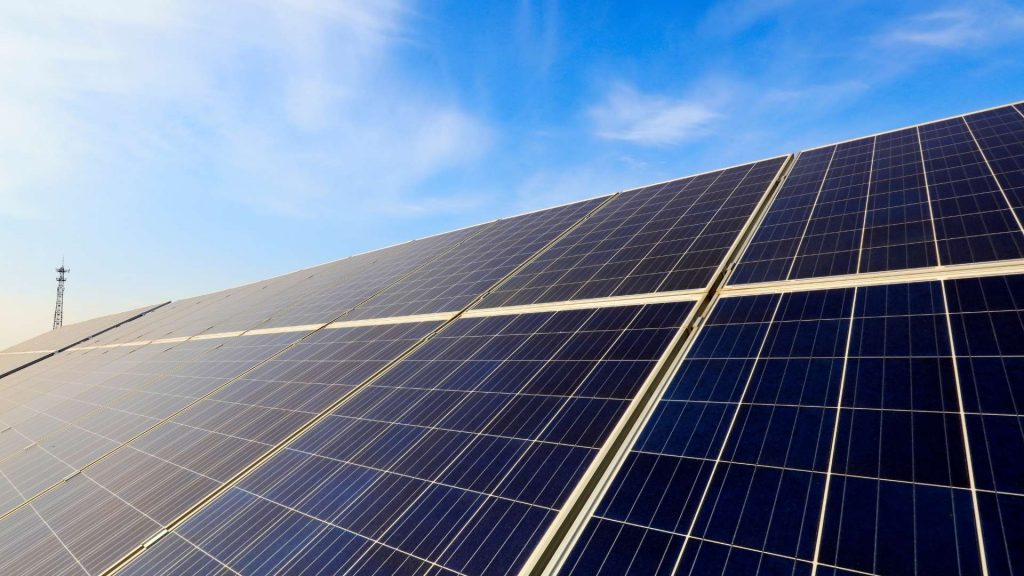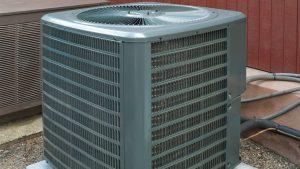How do solar panels work?
When you see an array of solar panels, you may wonder how they work. They convert sunlight into electricity, and then store the energy. This excess solar electricity is sent back to the power grid, resulting in a credit on your electricity bill. Some solar panels also contain batteries to store the energy produced by the panel. These batteries can be used to power a powered device or store excess solar electricity. However, they are not yet ready for home use.
How solar panels work is a very simple process. Solar panels are made of small units called photovoltaic cells. These cells are made of silicon, and contain atoms that are bonded together by electrons. When sunlight strikes these cells, the electrons move out of the cell, leaving holes for electricity to pass through. The solar array is made up of several cells connected in series. The number of panels you need to have will depend on your energy needs.
Monocrystalline solar panels
Monocrystalline solar panels are known for their black colour. These solar panels produce electricity with a high-efficiency level. Monocrystalline solar panels can produce anywhere from 15 to 20% of the energy they consume. They are also space efficient. Monocrystalline solar panels can be made in a variety of shapes. Unlike polycrystalline panels, which are usually flat, monocrystalline solar panels are not. Their shape means that they take up less space. Monocrystalline solar panels are one of the most popular types of solar panels today.
Although polycrystalline panels are more efficient, they don’t produce as much power as monocrystalline panels. Monocrystalline solar cells lose efficiency only 0.3% to 0.8% annually and can be used for twenty or more years. They have lower operating costs and can produce more power per square foot than polycrystalline solar panels. Monocrystalline panels usually come with a 25 or 30-year warranty. This makes them a great choice for those looking to save money on their solar power systems.
Polycrystalline solar panels
Polycrystalline solar panels are a form of solar panel that has multiple crystalline layers. Each layer is designed to generate energy. These panels are commonly used in roof-mounted arrays and in large solar farms. These panels can also be used in standalone solar devices. The main difference between monocrystalline and polycrystalline panels is their colour. Monocrystalline panels are usually blue while polycrystalline panels are typically white. The difference is their efficiency and aesthetics. Generally, monocrystalline panels are more efficient than polycrystalline solar panels.

Monocrystalline panels are more expensive than polycrystalline panels. However, they have more efficiency and are more efficient in small spaces. In addition, polycrystalline solar panels are less expensive than monocrystalline panels. If space is limited, you may want to consider installing monocrystalline solar panels. Polycrystalline panels are also less efficient, but they can still make sense. If you are looking for a low-cost, efficient option for your home or business, polycrystalline panels are an excellent choice.
Thin Film solar panels
The process of making a thin-film solar panel is different from making a traditional panel. The process involves depositing thin layers of photovoltaic material on a material substrate such as glass, plastic, or metal. Thin-film solar panels use very little electricity to generate power. These panels are great for solar energy applications and can be extremely flexible. They can be installed on the roof or on the ground. They are also a cost-effective way to produce electricity for your home.
These panels are made of silicon and are lightweight, making them ideal for many applications. Since the silicon is glued to the panel’s surface, they are not affected by environmental factors like high temperatures or shade. Because of their thin-film design, they are easy to install and can be installed on rooftops. In addition to residential homes, thin-film solar panels are also excellent for commercial and industrial buildings. They are especially useful for solar farms and can even be used to power traffic lights.
Which solar panels are best?
Purchasing a solar panel can be a daunting task. You want to ensure the efficiency of the panel and its durability. A high-quality solar panel can produce a lot of energy, but the quality of a panel can be subpar if it is too expensive or does not fit your space. In order to ensure the best quality for your money, you must research the different panels on the market. The following are a few factors to consider when buying solar panels.
First, you must consider the material from which the solar panel is made. Monocrystalline solar panels are generally more expensive than polycrystalline solar panels. Monocrystalline solar panels are better for generating energy, but they are more expensive than polycrystalline ones. However, if you’re on a tight budget, you don’t have to worry about sacrificing power just to save money. Monocrystalline solar panels have a higher cost, so they might be better for someone who has a limited budget.




